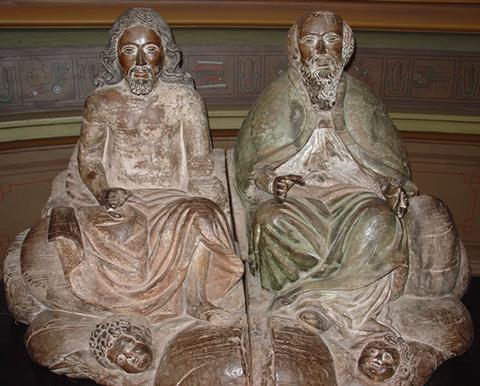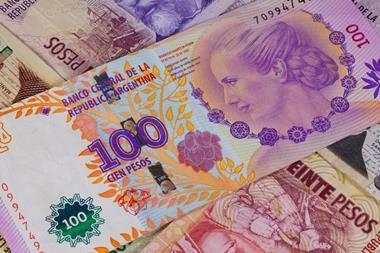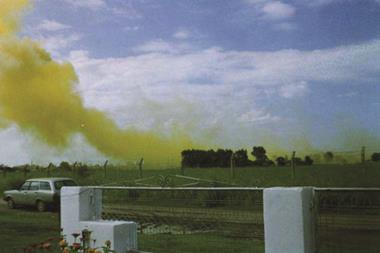Sculptures made by 17th century missionaries in Paraguay have been investigated using Raman spectroscopy

Raman is one of many techniques used to identify artists’ materials, but this is the first time it has been used to pinpoint the sources of dark colours (often lumped together as ‘carbon-based pigments’) used to decorate colonial art.
The team, led by Marta Maier at the University of Buenos Aires, Argentina, analysed the pigments used to create the hair and skin colours on wooden statues of saints recovered from remains of churches and chapels at the Jesuit Mission La Trinidad site. The Raman spectra of tiny samples to statues were then compared with reference samples of different types of carbon pigments. The team were able to show that as well as wood charcoal, the sculptures had been coloured with lampblack (a ‘flame’ carbon produced from the incomplete combustion of oils) and earth-derived pigments.
Distinguishing between the different materials used – which is impossible to do by eye – is important for art historians who want to understand the technology involved in producing these sculptures, the team say.
References
E P Tomasini et al, Heritage Sci., 2015, DOI: 10.1186/s40494-015-0049-y












No comments yet